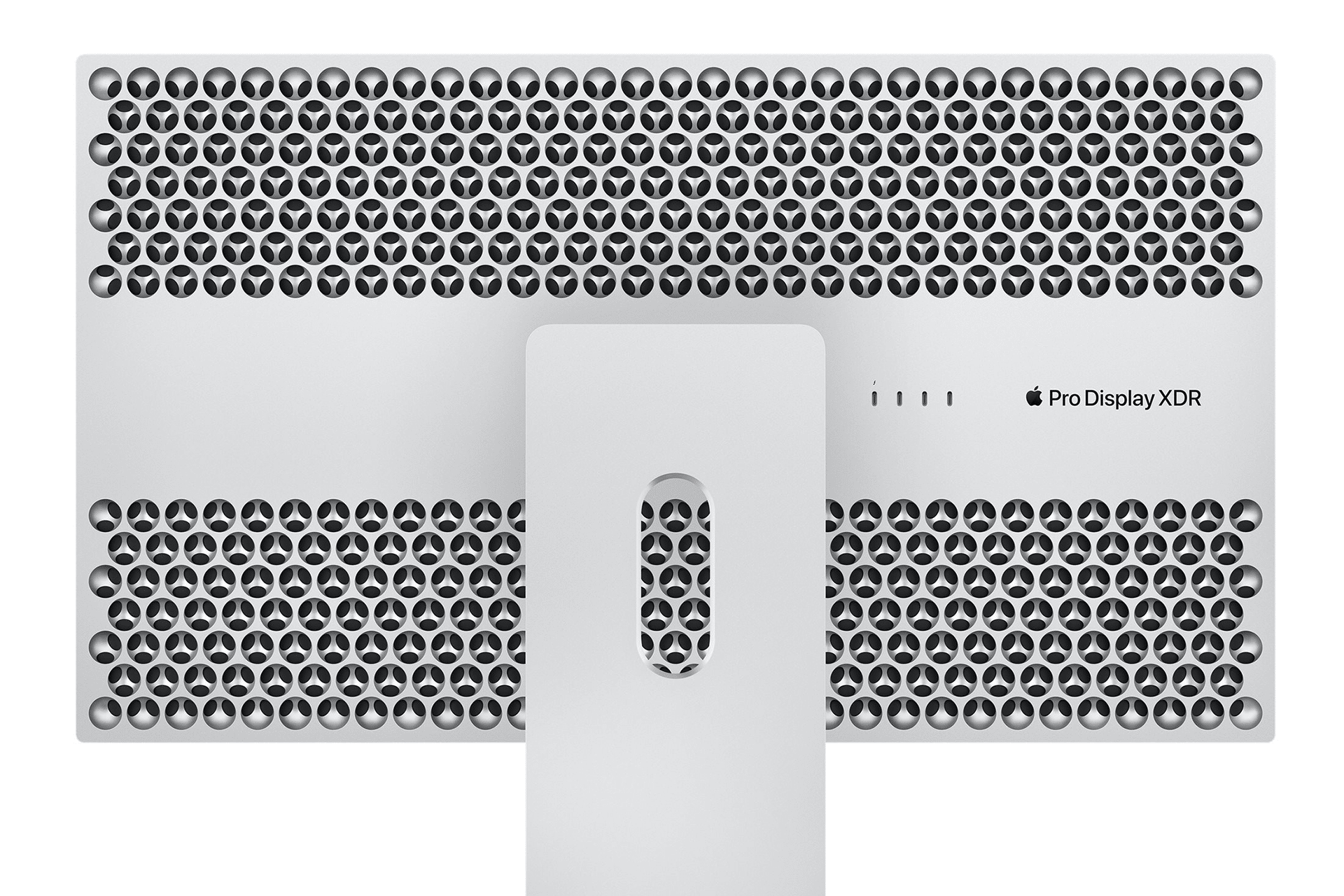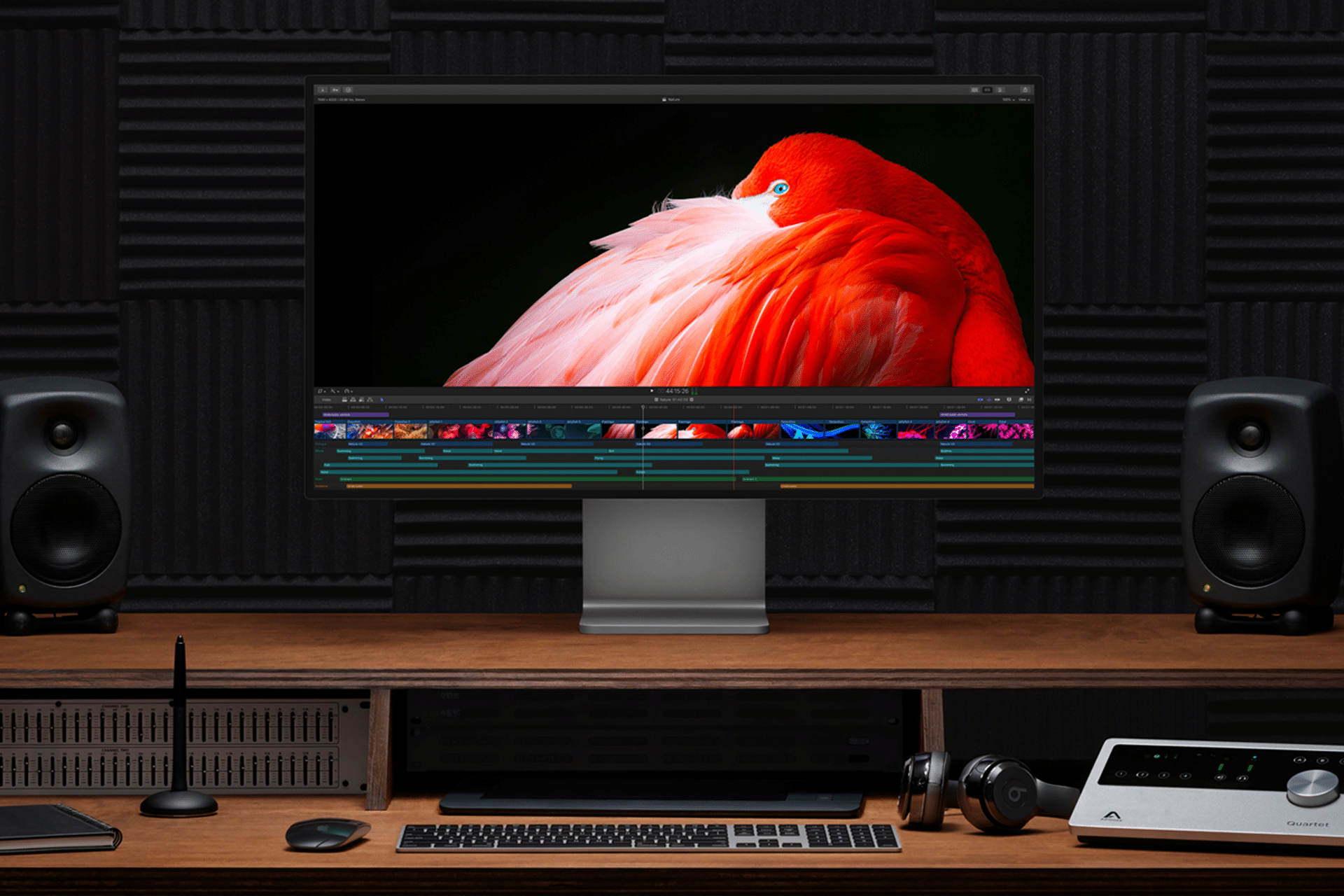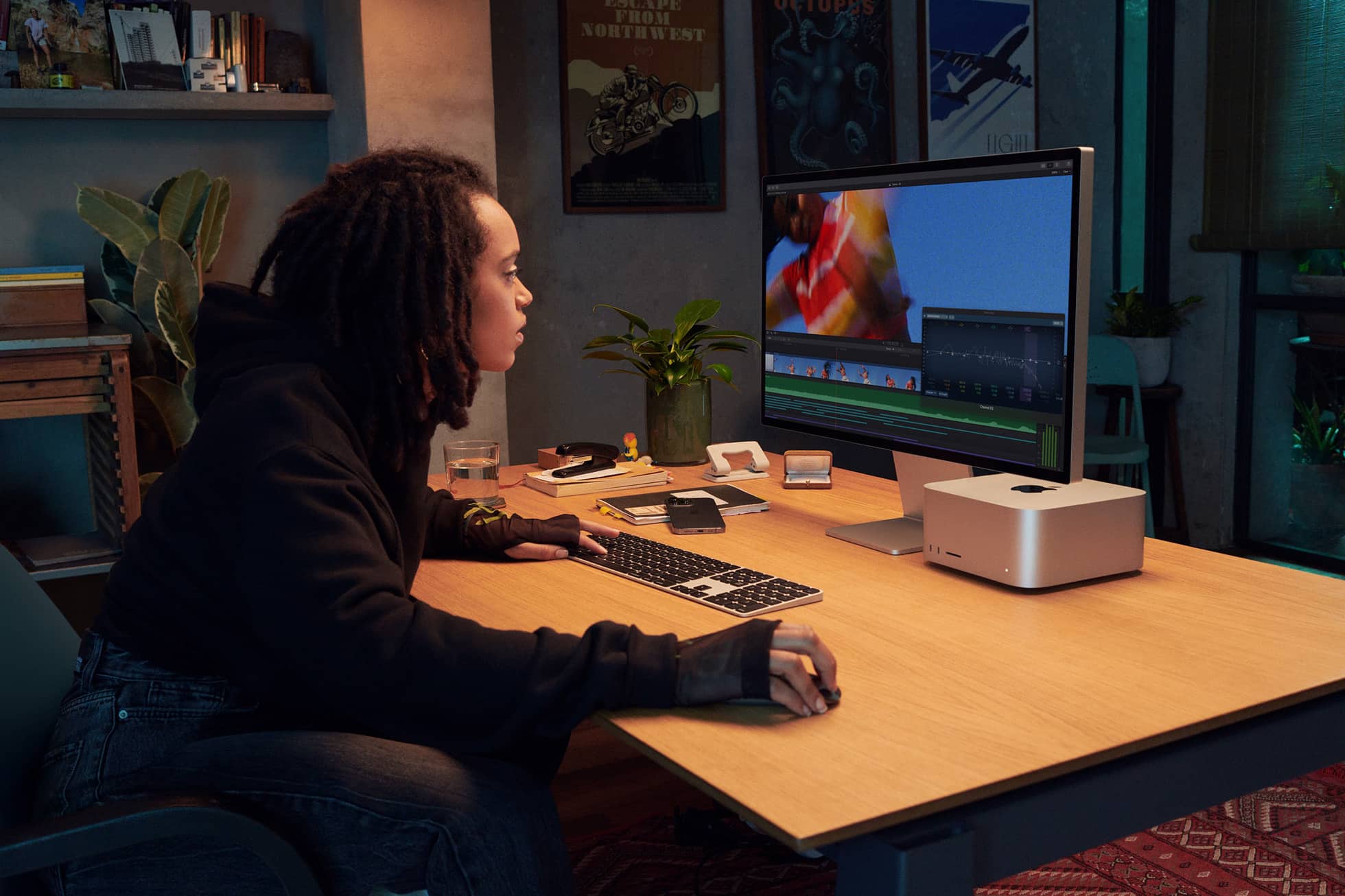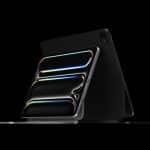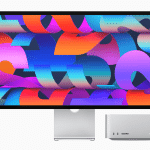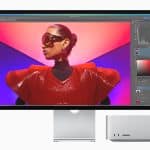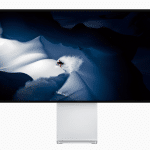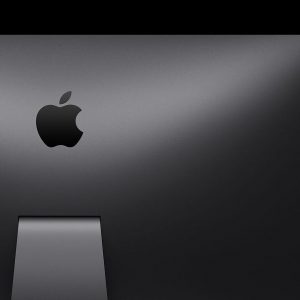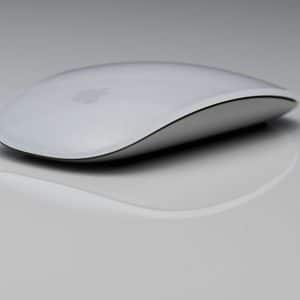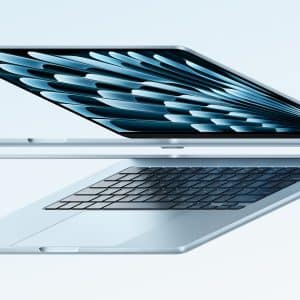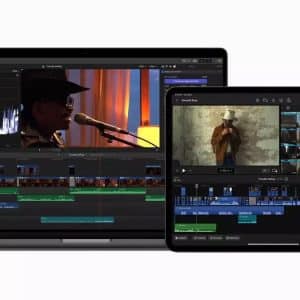The original Pro Display XDR lacks the integrated features found in Apple’s Studio Display, which uses an A13 Bionic chip to enable capabilities like Center Stage video framing, spatial audio, and always-on Siri. According to Bloomberg’s Mark Gurman, Apple is developing a Pro Display XDR 2 with an Apple silicon chip to bridge this gap. This addition could bring a suite of smart features, including:
- Built-in Camera and Microphone: A high-quality webcam and microphone array for seamless video calls, potentially supporting Center Stage for dynamic framing.
- High-Fidelity Speakers: Enhanced audio with spatial audio support, rivaling premium standalone systems.
- Advanced Software Features: Possibilities include Face ID for Mac, automatic color calibration based on ambient lighting, or always-on Siri for voice commands.
These upgrades would transform the Pro Display XDR 2 into a more versatile tool, catering to professionals who rely on video conferencing and multimedia workflows. By integrating Apple silicon, the monitor could handle processing tasks internally, reducing dependency on the connected Mac.
Next-Level Display Technology
The current Pro Display XDR uses LED backlighting with KSF phosphor film, delivering exceptional brightness and color accuracy. However, Display Supply Chain Consultants analyst Ross Young reports that the next model may adopt quantum-dot display technology, as seen in the latest M4 MacBook Pro models. Quantum-dot films offer equal or better color gamut and superior motion performance, promising:
- Improved Color Accuracy: Enhanced precision for color-critical tasks like photo editing and video grading.
- Faster Response Times: Smoother visuals, especially for fast-moving content in video editing or animation.
There’s also speculation about a shift to OLED or hybrid OLED/QD-OLED panels. OLED technology would deliver deeper blacks, higher contrast ratios, and lower power consumption, making it ideal for HDR content creation. While mini-LED remains a strong contender given Apple’s success with it in the iPad Pro and MacBook Pro, an OLED-based Pro Display XDR 2 could set a new standard for professional monitors.
Higher Refresh Rates and Connectivity
The original Pro Display XDR is limited to a 60Hz refresh rate, which lags behind modern standards for high-end displays. Rumors suggest the Pro Display XDR 2 could introduce a higher refresh rate, potentially up to 120Hz with ProMotion support, as found in MacBook Pro and iPad Pro models. A 120Hz panel would offer:
- Smoother motion for video editing and animation.
- Reduced motion blur, improving clarity for dynamic content.
- Better responsiveness for UI interactions, benefiting designers and developers.
Connectivity is another area ripe for improvement. The current model relies on Thunderbolt 3 and USB-C, which, while robust, are being outpaced by newer standards. The Pro Display XDR 2 is expected to support Thunderbolt 5, enabling faster data transfer, daisy-chaining of multiple devices, and compatibility with next-generation Macs. There’s also hope for additional ports, such as HDMI 2.1, to broaden compatibility with professional workflows.
Resolution and Design Enhancements
The Pro Display XDR’s 6K resolution (6016 x 3384 pixels) remains impressive, but Apple may push the envelope further. Reports from 9to5Mac suggest a possible 7K resolution (7168 x 4032 pixels), offering sharper visuals and more screen real estate for multi-window workflows. This would future-proof the monitor for evolving video production standards, such as 8K content creation.
Design-wise, the Pro Display XDR 2 is likely to retain its sleek, minimalist aesthetic but could address past criticisms. The original’s $999 Pro Stand drew ire for its high cost, so Apple might offer more affordable mounting options or include a stand by default. Thinner bezels and a slightly lighter build could also enhance its premium appeal, aligning with Apple’s modern design language.
Launch Timeline and Market Context
While excitement for the Pro Display XDR 2 is high, its launch timeline remains uncertain. Gurman noted in 2023 that Apple was working on multiple next-generation monitors, but releases were unlikely before late 2024. Ross Young has since pegged the Pro Display XDR 2 for a late 2025 or early 2026 debut. A plausible scenario is an unveiling alongside a refreshed Mac Pro, mirroring the 2019 launch strategy, as high-end Macs and the Pro Display XDR cater to similar professional audiences.
Apple’s focus on the Pro Display XDR 2 appears tempered by its niche market. Gurman reported earlier this year that the monitor is “less of a priority” due to its premium price tag, which starts at $4,999, plus $999 for the Pro Stand. However, he also mentioned a new display codenamed J527, which could be the Pro Display XDR 2 or a related high-end model, suggesting active development continues.
Why It Matters for Professionals
For creative professionals—video editors, photographers, 3D artists, and designers—the Pro Display XDR 2 could be a transformative tool. Its potential for 7K resolution, OLED or quantum-dot technology, and 120Hz ProMotion would enhance precision and fluidity in demanding workflows. The addition of smart features like a built-in camera and speakers would streamline setups, reducing the need for external peripherals. Thunderbolt 5 and expanded connectivity would ensure compatibility with future Macs, making it a long-term investment.
However, the high cost remains a hurdle. The original Pro Display XDR was positioned as a bargain compared to reference monitors costing $10,000 or more, but its price still limits its audience to top-tier professionals in film, photography, and design. If Apple can balance cutting-edge features with a more accessible price point—or at least include the stand—the Pro Display XDR 2 could broaden its appeal.
Looking Ahead
The Pro Display XDR 2 is shaping up to be a worthy successor to Apple’s flagship monitor, with upgrades that align with the company’s push for innovation in professional tools. While details are scarce and the launch may still be months away, the combination of Apple silicon, advanced display technology, and enhanced connectivity positions it as a potential industry leader. As Apple refines its high-end desktop lineup, creative professionals should keep a close eye on updates later this year.
